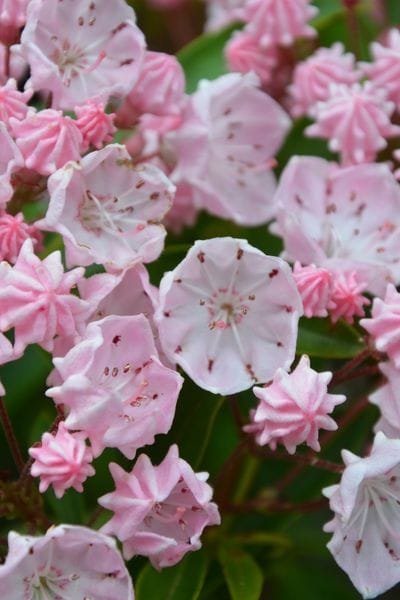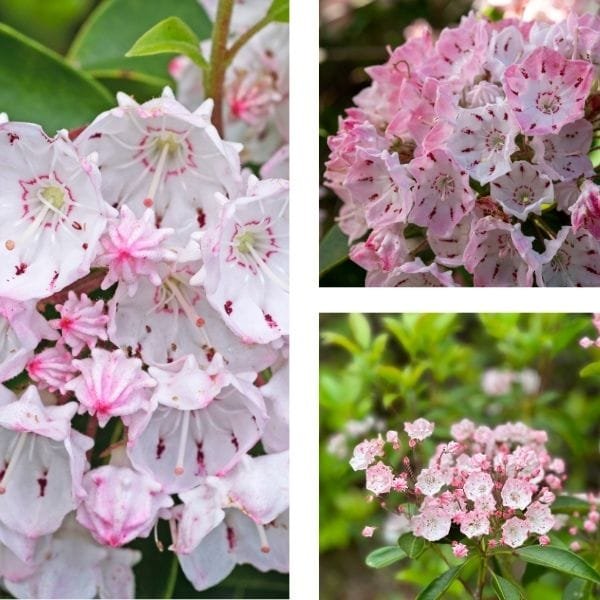- (210) 818-8744
- Boerne, TX and the surrounding areas
Benefits | Landscaping | Leaves | Conditions | Flowers | Attributes | Stem
Mountain laurel, an evergreen shrub or small tree native to the region, thrives in various habitats, including rocky woods, mountain slopes, and acidic forests. Growing 6 to 10 feet tall as a dense shrub, it occasionally reaches 32 feet on slopes. Known for its striking spring-to-early-summer blooms, showy buds, and attractive foliage, it adds year-round beauty to gardens. Best grown in partial shade with cool, well-drained, acidic soils, it requires mulching for moisture and light pruning after blooming to encourage growth. Ideal for native, butterfly, or pollinator gardens, mountain laurel is a resilient and ornamental addition to naturalized landscapes.


At Blades of Glory, we specialize in landscape installation, lawn care, landscape lighting, sod installation, landscape design, irrigation repair and install, and masonry. We provide landscaping assistance for both Residential and Commercial landscaping projects.
© 2024 Blades of Glory Landscaping Service LLC — ALL RIGHTS RESERVED